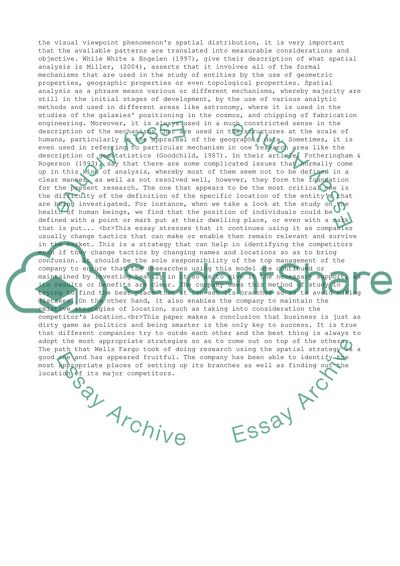Cite this document
(“The Uses of Spatial Analysis In Organization Research Paper”, n.d.)
Retrieved from https://studentshare.org/business/1397527-the-uses-of-spatial-analysis-in-organization
Retrieved from https://studentshare.org/business/1397527-the-uses-of-spatial-analysis-in-organization
(The Uses of Spatial Analysis In Organization Research Paper)
https://studentshare.org/business/1397527-the-uses-of-spatial-analysis-in-organization.
https://studentshare.org/business/1397527-the-uses-of-spatial-analysis-in-organization.
“The Uses of Spatial Analysis In Organization Research Paper”, n.d. https://studentshare.org/business/1397527-the-uses-of-spatial-analysis-in-organization.


